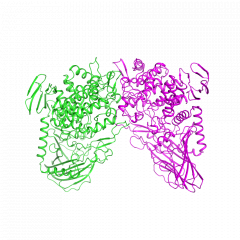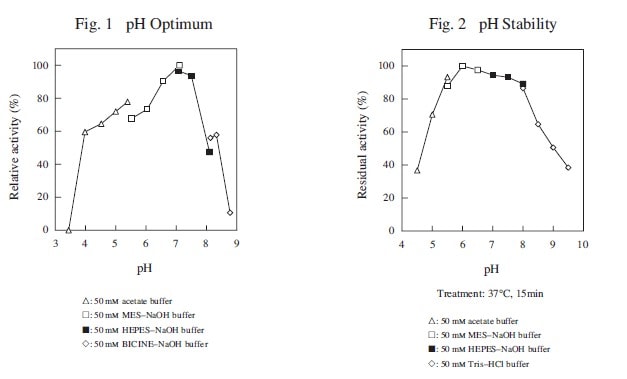
CD : 60233
The enzyme is useful for the determination of α-amylase and inorganic phosphate in clinical analysis.
| Origin | recombinant E. coli |
|---|---|
| Systematic name | Maltose : orthophosphate 1-β-D-glucosyltransferase |
| EC Number | 2.4.1.8 |
| Reaction formula | Maltose + Orthophosphate →→→ D-Glucose + β-D-Glucose 1-phosphate |




